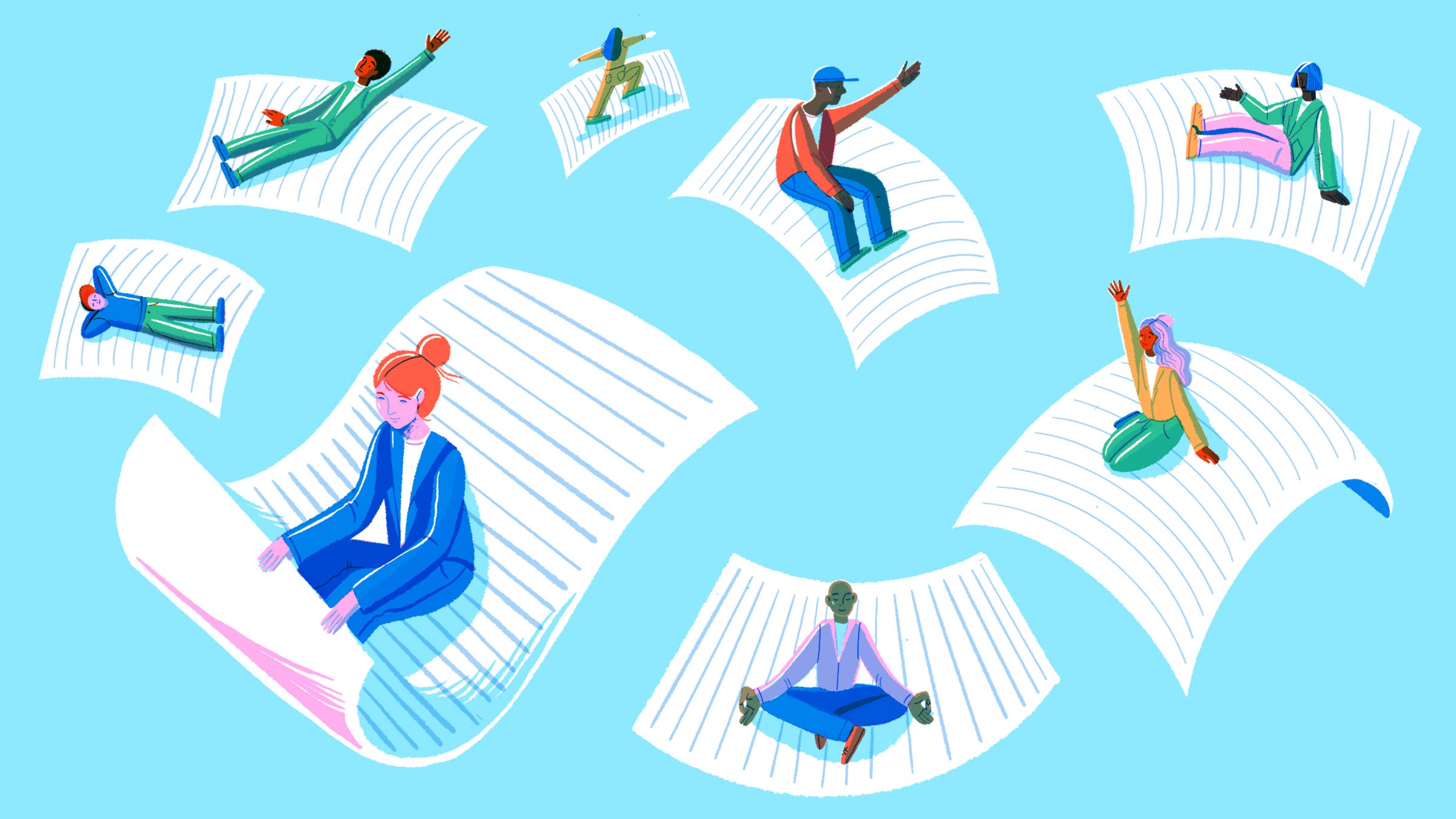Mindfulness is a technique you can learn to be fully present and engaged at the moment judging nothing. Mindfulness can help you manage your thoughts, feelings, and mental health.
What is mindfulness?
Mindfulness exercises are ways of paying attention to the present moment using techniques like meditation, breathing, and yoga.
Training teaches people to become more aware of their thoughts, feelings, and body sensations, allowing them to better control them instead of feeling overwhelmed.

What are the benefits of mindfulness?
- Understand your emotions better
- Cope better with difficult thoughts
- Feel calmer
- Boost your attention and concentration
- Improve your relationships
ALSO READ – Top Challenges In Relationships and How To Keep The Love Alive
Mindfulness can be practiced by anyone who wants to improve their day-to-day well-being. You don’t have to be religious or spiritual to practice it, even though it has its roots in Buddhism.
However, if you are very ill and would find learning a new skill too overwhelming, you may not find mindfulness helpful. You must be prepared to notice challenging thoughts, which may initially make you feel worse.

How can I practice mindfulness?
Here are the top 5 ways to practice Mindfulness
1. The artist’s book
The artist’s book is a medium that can be used to explore personal experiences in a creative way and help people feel better about themselves. Cutting, folding, stitching, embossing, collaging, and layering textures to achieve various effects can be physically therapeutic. They can assist the author in remaining focused, reducing stress, and processing difficult emotions without the use of words.

2. Knitting
Knit for Peace was started as a way for Hutu and Tutsi widows in Rwanda to make money. Since then, it has expanded to several other countries to meet the demand of eager knitters. According to their survey, knitting’s increasing popularity may be because of its calming, repetitive nature, which they described as “as relaxing as yoga.
ALSO READ – 4 Effects Your Parental Relationship Has On You
3. Life drawing
The life class has been at the center of artistic education for centuries: Students gather to draw a male, typically naked model. The point was for specialists to study and figure out human life systems, to catch it as precisely as conceivable in the artwork commissions they would get further on in their vocation.

4. Journaling
Although journaling has been used for a long time to record personal experiences and narratives about one’s life, we have only recently begun to consider it a mindfulness practice. There are a variety of journaling styles, from guided journals to bullet journals, to suit your preferences and objectives.
5. Making music
Dopamine, a feel-good chemical in the brain, has been shown to be released by music to improve mood, according to studies. Dopamine levels increased by up to 9% when volunteers listened to music they enjoyed, according to a study published in Nature Neuroscience. This suggests a connection between music and mental health.
ALSO READ – Red Color Cloth: ठेले पर आखिर लाल रंग का कपड़ा ही क्यों लगाते हैं, जानें इसका लॉजिक?



